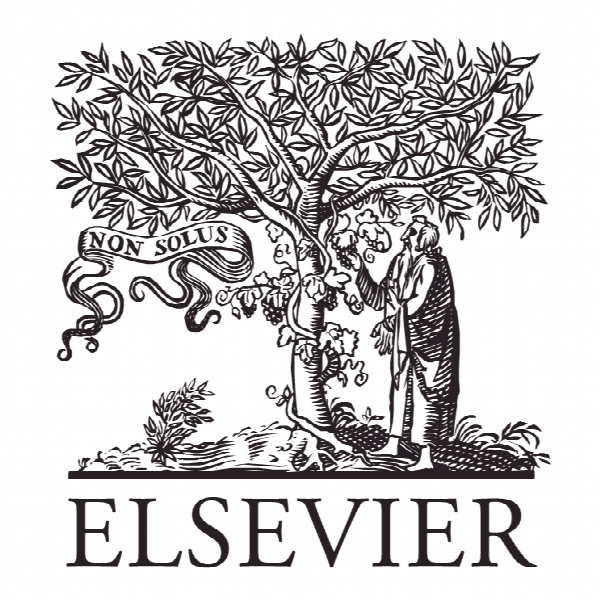حسابداری مدیریت استراتژیک و تصمیم گیری: تحقیقی از بانک های نیجریایی Strategic management accounting and decision making: A survey of the Nigerian Banks
- نوع فایل : کتاب
- زبان : انگلیسی
- ناشر : Elsevier
- چاپ و سال / کشور: 2018
توضیحات
رشته های مرتبط حسابداری، مدیریت
گرایش های مرتبط حسابداری مدیریت، بانکداری
مجله کسب و کار آینده – Future Business Journal
دانشگاه Department of Accounting – University of Lagos – Nigeria
شناسه دیجیتال – doi http://dx.doi.org/10.1016/j.fbj.2017.05.004
منتشر شده در نشریه الزویر
کلمات کلیدی انگلیسی Strategic management accounting; Decision making; Market share; Banks; Nigeria
گرایش های مرتبط حسابداری مدیریت، بانکداری
مجله کسب و کار آینده – Future Business Journal
دانشگاه Department of Accounting – University of Lagos – Nigeria
شناسه دیجیتال – doi http://dx.doi.org/10.1016/j.fbj.2017.05.004
منتشر شده در نشریه الزویر
کلمات کلیدی انگلیسی Strategic management accounting; Decision making; Market share; Banks; Nigeria
Description
1. Introduction Over two decades ago, the ideology of strategic management accounting (SMA) was introduced into the literature as a seminal development with Simmonds and Bromwich as lead academics. During this period, SMA came to prominence among other innovative techniques designed to restore the declining relevance of management accounting practices (AlMaryani & Sadik, 2012; Cinquini & Tenucci, 2007; Drury, 2002; Juras, 2014; Moores, 1992; Roslender & Hart, 2003; Roslender, 1995; Simmonds, 1981; Tillmann, 2003). At first, the term SMA was used by Simmonds in the 1980s to identify an externally oriented approach to the practice of management accounting (Roslender & Hart, 2010). Along this thought, Bromwich (1990) described SMA as positing a sophisticated & more involving order of management accounting practices, of which Roslender and Hart (2003), Cadez and Guilding (2007) and Juras (2014) noted to be an important departure from the traditional management accounting practice to a dynamic and strategic positioning. In the literature, SMA is thought to be both an extension and a distinct orientation that provides a complete external approach towards management accounting practice from its archaic tradition towards a strategic innovation outside the norms (Drury, 2002; Juras, 2014). In itself, SMA incorporates a broader emphasis and longer-term outlook than the greater part of management accounting. An approach that lies at the interface between strategic management and accounting (Juras, 2014; Roslender & Hart, 2003, 2010). At present, the ‘external’ orientation of Simmonds’ description of SMA has been widely established in the literature. It has also attracted mixed viewpoints among academics and practitioners. In Cinquini and Tenucci (2007), the term ‘external’ refers to ‘competitors.’ Simmonds (1981) idea of relating external with competitors was based on the expectation that to understand competitors’ information organizations develop and monitor new business strategies. The term ‘external’ also speaks of suppliers and customers in a sense that demonstrates expediency of external information that helps companies explore fruitful linkages with suppliers and customers (Shank & Govindarajan, 1993; Simmonds, 1981). Similarly and more specifically, the term ‘external’ speaks of the market, of which apt attention is given to products offered to satisfy customers’ needs with a careful recognition of the product attribute costs (Bromwich, 1990; Roslender & Hart, 2003; Simmonds, 1981). SMA as a thriving concept both in literature and in empirical studies is open to a number of interpretations and diversities of persuasions depending on a researcher’s scientific background, underlying assumptions and starting points (Juras, 2014; Fu, 2007). However, Roslender and Hart (2003, 2010) described SMA as a generic approach to accounting for strategic positioning, defined by an attempt to integrating insights from management accounting and marketing management within a strategic management framework. Hitherto, despite its novel introduction scholars still hold that there is little or no consensus on what constitutes the term strategic management accounting (Drury, 2002; Juras, 2014; Roslender & Hart, 2010). Although, it is well accepted that SMA describes a generic approach to accounting for strategic positioning (Roslender & Hart, 2010), this only leaves unsolved the problem of defining what is intended with the term SMA. Thus, there is yet to be a well-defined framework for SMA (Drury, 2002; Cinquini & Tenucci, 2007; Juras, 2014; Roslender & Hart, 2010; Tomkins & Carr, 1996).


